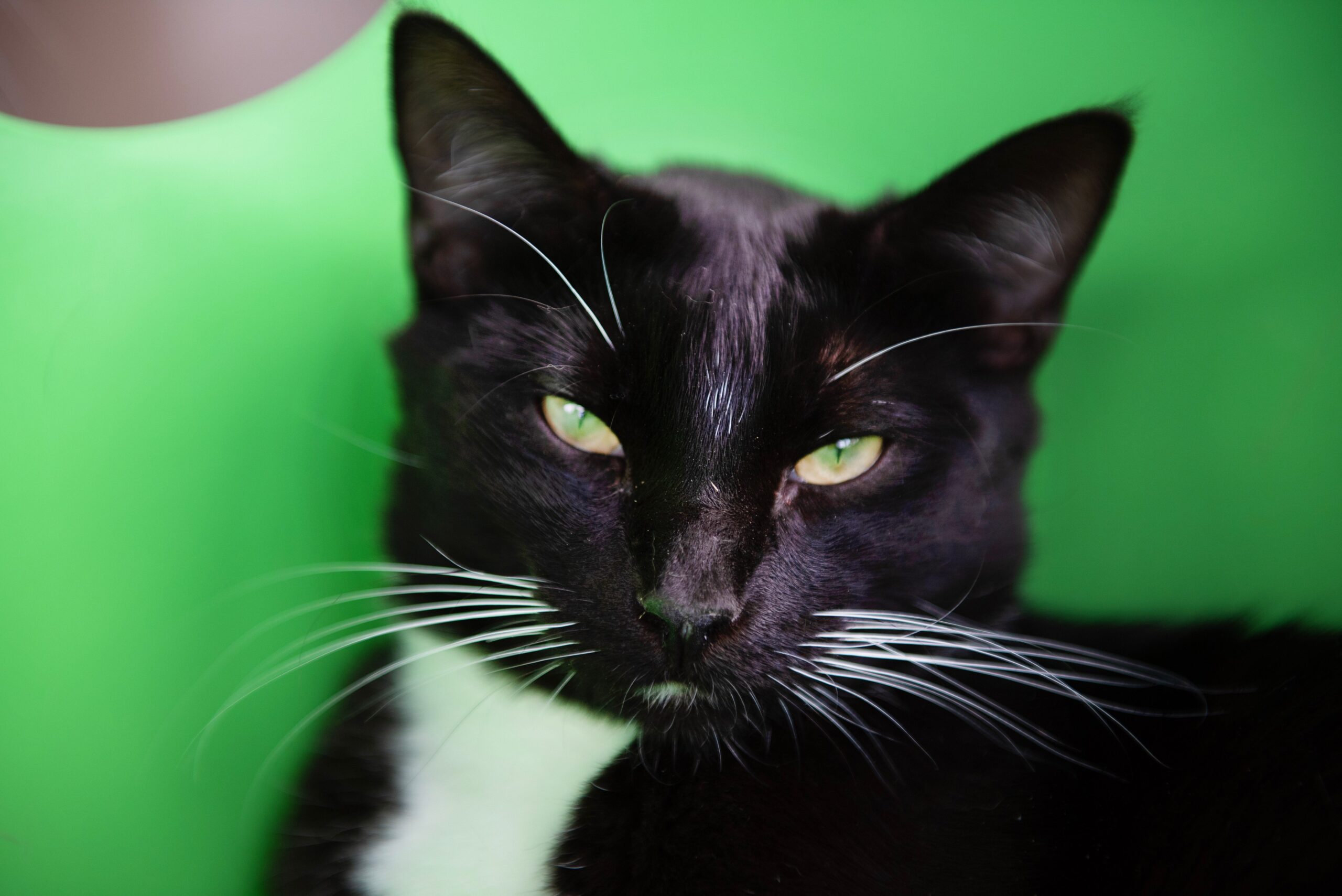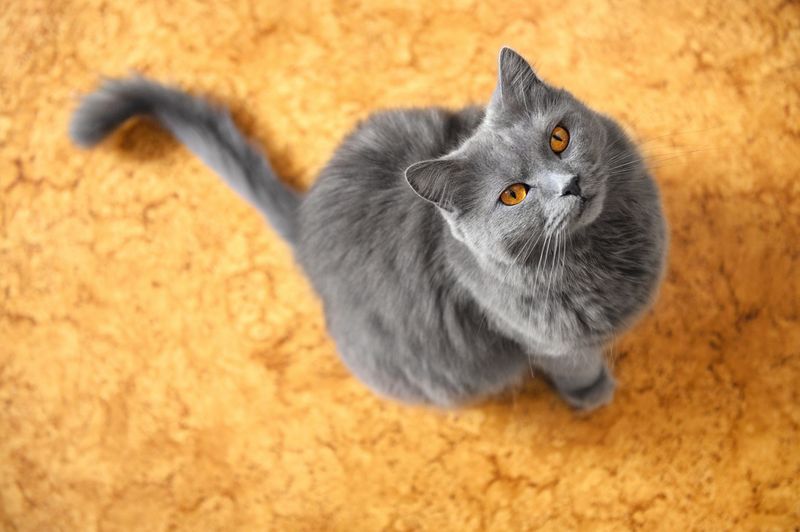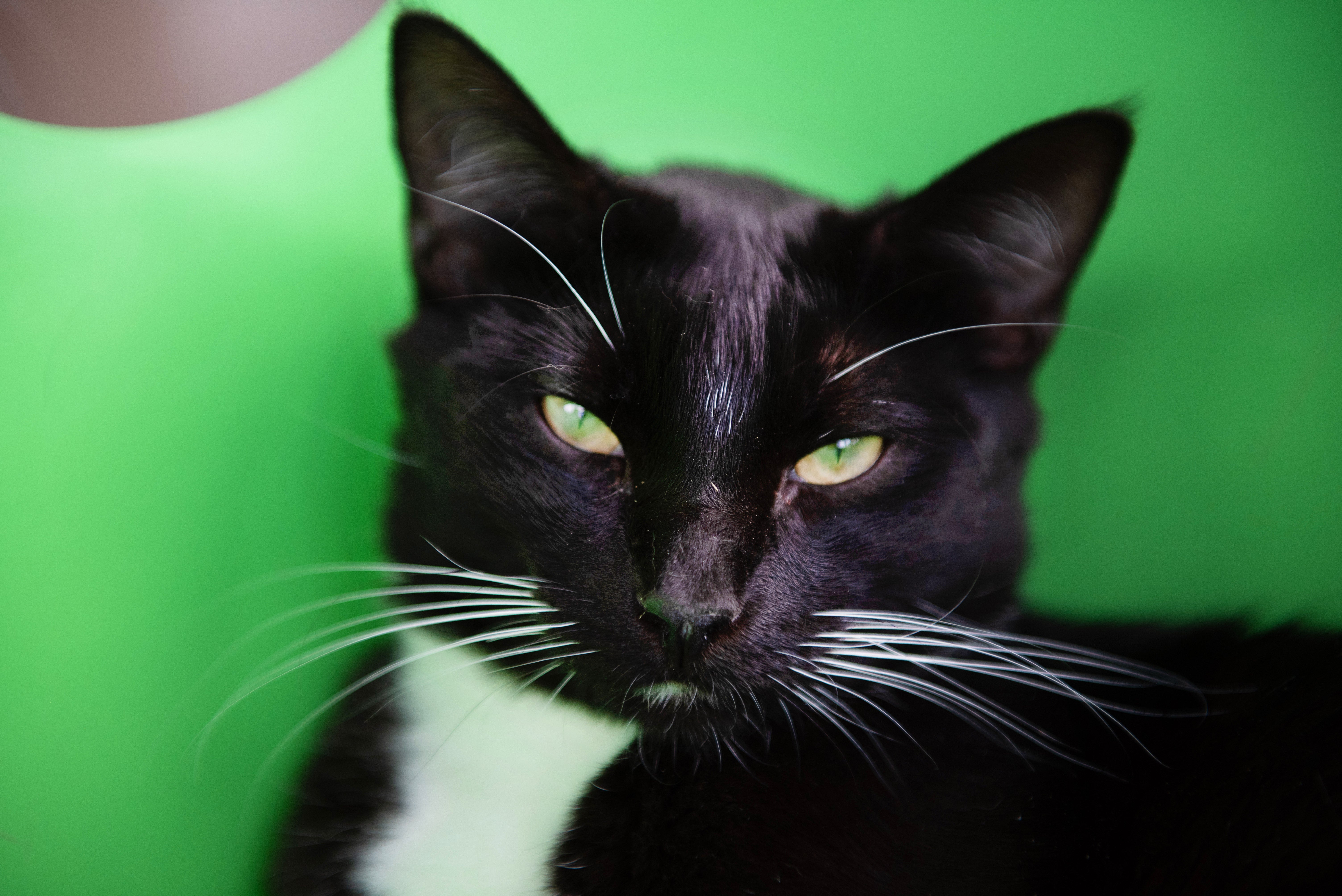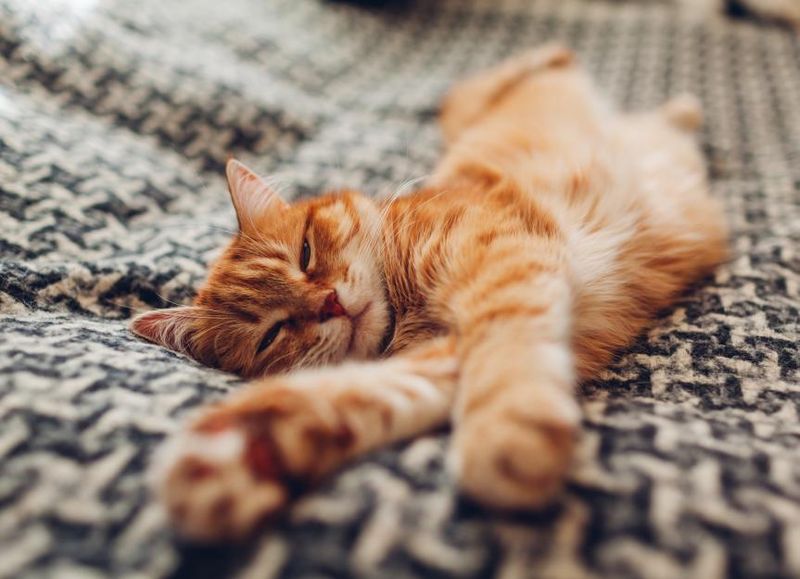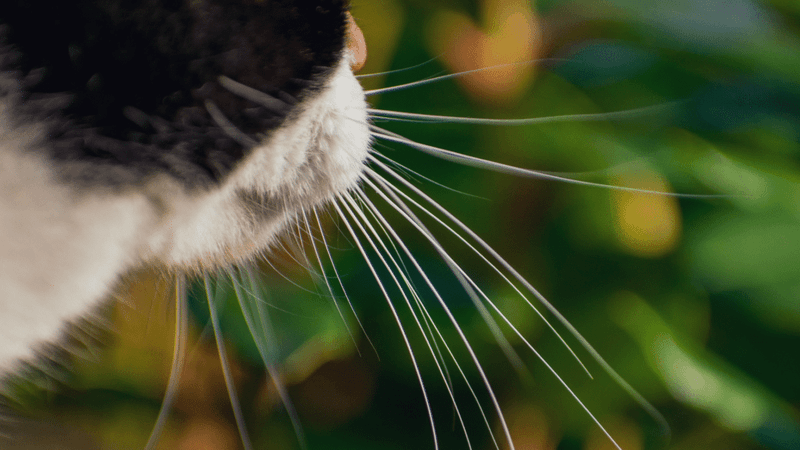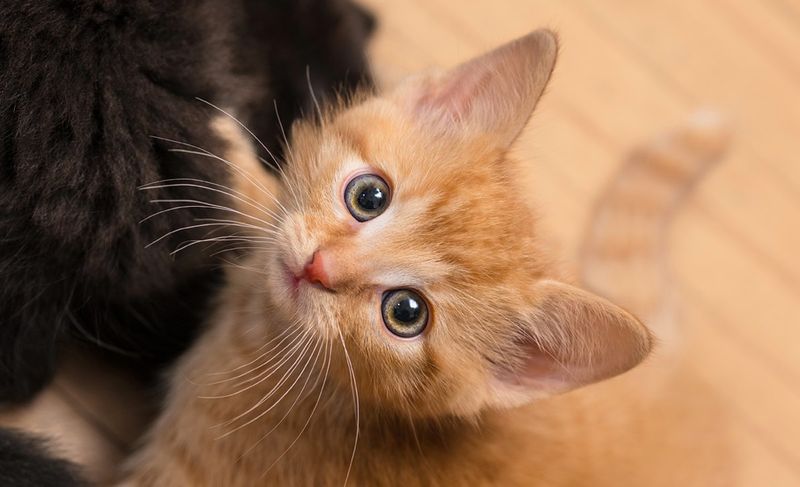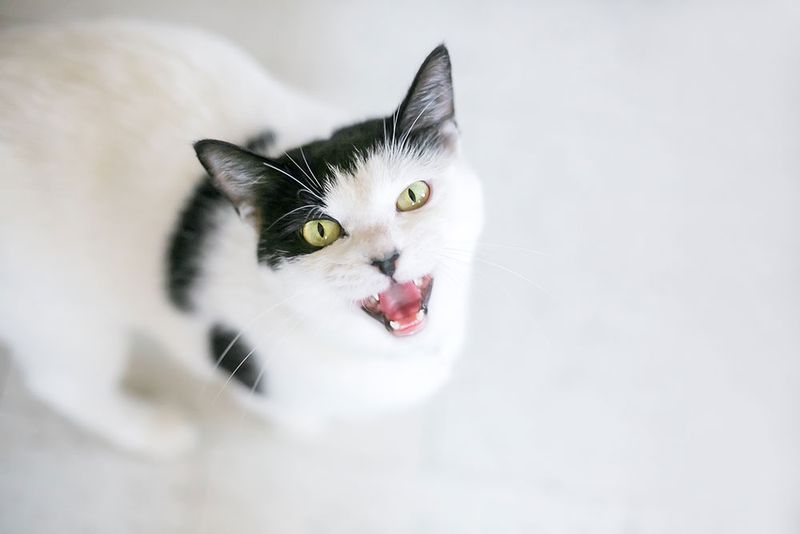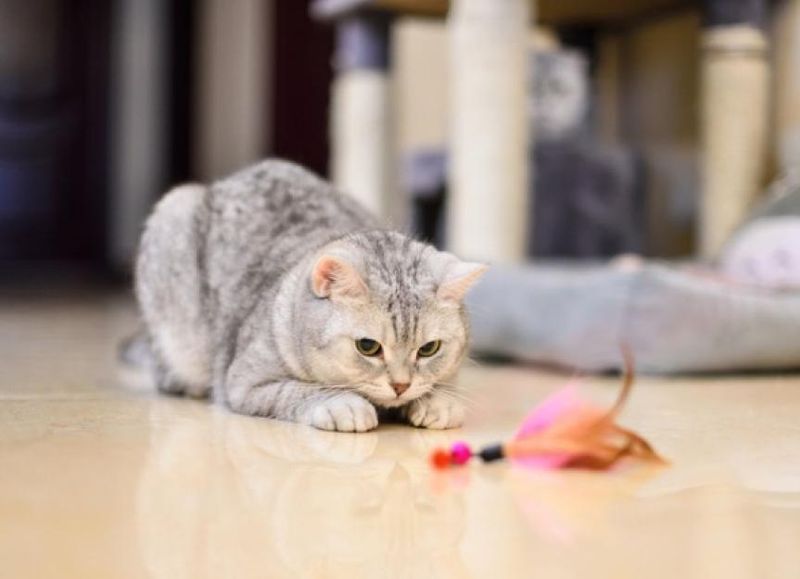📖 Table of Content:
Cats have long fascinated humans with their enigmatic behavior and captivating personalities. Their mysterious nature often leaves us wondering what they’re truly thinking or feeling. Though their minds may remain a bit of a mystery, there are telltale signs that can reveal a lot about their emotions and state of mind.
Understanding cats requires keen observation of their body language, sounds, and actions. These subtle cues can offer a glimpse into their thoughts, whether they’re content, anxious, or simply curious. By paying close attention to these signs, it’s possible to uncover the hidden messages they are trying to communicate.
While deciphering a cat’s mind can be challenging, certain behaviors are strong indicators of what they may be experiencing. From the way they react to new environments to how they show affection, cats have their own unique ways of telling us what’s going on inside their heads. Recognizing these signals is the first step toward building a stronger bond with your feline friend.
1. Tail Twitching
Ever noticed your cat’s tail twitching like a live wire? This quirky behavior is a window into their emotions. A twitchy tail often signals excitement or anticipation. Perhaps they’ve spotted a bird outside the window, or they’re gearing up for a playful pounce. If the twitching becomes more intense, it may indicate irritation or annoyance.
Cats are masters of subtlety, and their tails serve as an expressive extension of their mood. Pay attention to how the rest of their body language aligns with their tail movement to gain a fuller understanding of their intent.
2. Slow Blinking
When your feline friend gives you a slow blink, it’s like receiving a kitty kiss. This affectionate gesture indicates trust and comfort around you. Cats close their eyes slowly when they feel safe and at ease, mirroring a sense of vulnerability.
If you respond with slow blinks of your own, you’re likely to strengthen your bond with them. Try it next time your cat cozies up next to you. It’s a beautiful, silent conversation that speaks volumes about your relationship. This simple exchange can deepen the mutual trust and affection you share.
3. Purring
The unmistakable sound of a cat purring can be soothing to humans, but what does it mean for cats? Purring usually signifies contentment and pleasure, especially when accompanied by gentle kneading. However, cats also purr when they’re anxious or in pain, perhaps as a self-soothing mechanism. It’s a multifaceted communication tool that reflects both happiness and distress.
Observing the context in which your cat purrs will help you interpret this soothing symphony accurately. Whether they’re curled up on your lap or hiding under the bed, purring is a powerful expression of emotion.
4. Whisker Position
Cat whiskers are more than just adorable facial features; they’re mood indicators! When a cat’s whiskers are pushed forward, they’re likely curious or excited about something in their environment. Conversely, whiskers pulled back may signal fear or discomfort.
These sensitive hairs help cats navigate their surroundings and communicate how they’re feeling. Watch your cat’s whiskers during different situations to better understand their emotions. Whether they’re stalking a favorite toy or retreating from a loud noise, whiskers provide a silent commentary on their state of mind. They’re truly whiskerful wonders!
5. Ear Movements
Cat ears are like mini satellite dishes, constantly swiveling to pick up sounds and express emotions. Ears perked forward indicate interest or curiosity, while flattened ears might mean fear or aggression. These movements are essential for survival in the wild and provide insight into their current mood.
Observing your cat’s ears can help you gauge their feelings and intentions. Whether they’re eavesdropping on a chirping bird or feeling threatened by an unknown visitor, ears reveal what words cannot. It’s an ear-resistible way to tune into your cat’s world!
6. Meowing
What seems like a simple meow actually holds much more significance. Cats reserve this unique sound for their interactions with humans, not other cats in the wild. Each meow is their way of telling us exactly what they need, whether it’s a meal or a cuddle.
Pay attention to the tone and frequency to decode your cat’s specific message. Long, drawn-out meows may indicate annoyance, while short, sweet chirps often mean contentment. This vocal symphony is a direct line to your cat’s desires and emotions, inviting you to engage in this melodic dialogue.
7. Kneading
The rhythmic motion of kneading is a comforting ritual that harks back to kittenhood. Cats knead their mothers to stimulate milk flow, and as adults, it signifies relaxation and contentment. It’s like their version of making biscuits! When your cat kneads on you, consider it a sign of trust and love.
The gentle pressure is soothing to them and can be quite relaxing for you as well. Enjoy these tender moments and think of them as a feline massage that strengthens your bond. Kneading is a testament to your cat’s affection and comfort.
8. Grooming
Grooming is an important part of a cat’s daily routine, essential for cleanliness and emotional wellbeing. When a cat grooms, they’re not just keeping their fur in tip-top shape; they’re also self-soothing and reducing stress. Over-grooming, however, can indicate anxiety or illness. Watching your cat’s grooming habits offers clues to their mental and physical health.
If they’re happily grooming in a sunny spot, it’s a good sign of contentment. But if grooming becomes obsessive, it may be time to consult a vet. It’s a balance of beauty and behavior!
9. Hunting Play
Hunting-like play is more than just fun for your cat—it’s an important outlet for their predatory nature. Each time they pounce or chase, they’re engaging in a miniature hunting expedition. This behavior promotes healthy physical activity and provides the mental stimulation cats need to avoid boredom.
Whether they’re stalking a toy or pouncing on a shadow, these actions are vital for a happy, healthy cat. Engaging in interactive playtime strengthens your bond and supports your cat’s natural behaviors.
10. Head Bunting
When your cat gives you a head bump, it’s a clear sign of affection and trust. They’re marking you with their scent, solidifying the bond between you. This sweet gesture signifies their connection to you, so embrace the moment with soft, loving strokes.
This mutual exchange is a sign of deep affection and security. Head bunting is your cat’s way of saying, “You’re mine, and I love you.” It’s a heartwarming tradition that strengthens your relationship.
